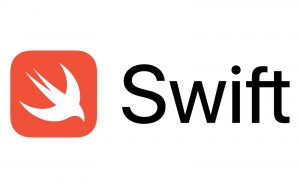Swift provides three primary collection types: arrays, sets, and dictionaries. Each serves a unique purpose and has its own set of capabilities. In this tutorial, we’ll explore each collection type in detail, covering their features, common use cases, and providing code examples for better understanding.
1. Arrays in Swift
Arrays in Swift are ordered collections of values of the same type. They allow you to store multiple items sequentially. Here’s how you can create and manipulate arrays in Swift:
// Creating an array
var fruits = ["Apple", "Banana", "Orange"]
// Accessing elements
let firstFruit = fruits[0] // Apple
// Modifying elements
fruits.append("Grapes")
fruits[1] = "Kiwi"
// Iterating through an array
for fruit in fruits {
print(fruit)
}2. Sets in Swift
Sets are unordered collections of unique values. They’re useful when you need to ensure that each item appears only once. Here’s how sets work in Swift:
// Creating a set
var uniqueNumbers: Set<Int> = [1, 2, 3, 4, 5]
// Adding and removing elements
uniqueNumbers.insert(6)
uniqueNumbers.remove(3)
// Checking for membership
if uniqueNumbers.contains(5) {
print("Set contains 5")
}
// Iterating through a set
for number in uniqueNumbers {
print(number)
}3. Dictionaries in Swift
Dictionaries store key-value pairs, allowing you to access values based on their associated keys. They’re particularly useful for modeling relationships between pieces of data. Here’s how dictionaries are used in Swift:
// Creating a dictionary
var fruitsDict = ["A": "Apple", "B": "Banana", "O": "Orange"]
// Accessing values
let fruitA = fruitsDict["A"] // Apple
// Modifying values
fruitsDict["B"] = "Blueberry"
fruitsDict["G"] = "Grapes"
// Iterating through a dictionary
for (key, value) in fruitsDict {
print("Key: \(key), Value: \(value)")
}Conclusion
Understanding Swift collections—arrays, sets, and dictionaries—is essential for building efficient and robust Swift applications. By leveraging the appropriate collection type for your specific use case, you can write cleaner, more maintainable code. Experiment with these collection types in your Swift projects to harness their full potential.


